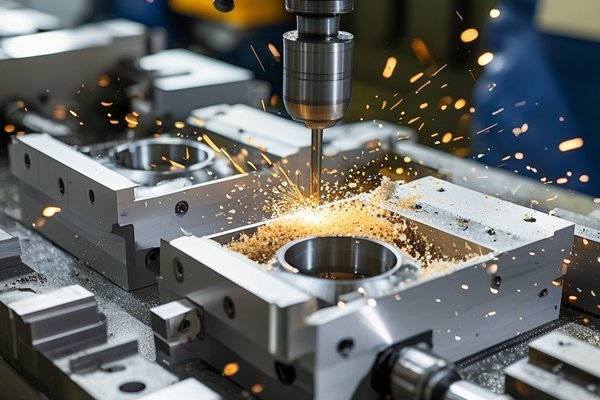—
Opening
Did you know that stainless steel accounts for nearly 70% of the global market for engineering metals? Among its various grades, 316 stainless steel has garnered significant attention, especially in the world of CNC machining. Why is 316 stainless steel often the go-to choice for engineers and manufacturers? What makes its weldability so crucial in CNC processing? If you’re in the field of manufacturing or engineering, these questions hold great importance, as understanding the weldability of 316 stainless steel can significantly impact production efficiency, costs, and the quality of final products.
Understanding 316 Stainless Steel
316 stainless steel, often referred to as marine-grade stainless steel, is renowned for its exceptional corrosion resistance, high temperature strength, and excellent weldability. The composition of 316 stainless steel includes chromium (16-18%), nickel (10-14%), and molybdenum (2-3%), contributing to its remarkable performance in highly corrosive environments, such as chemical processing plants and marine applications.
Why Weldability Matters
Weldability is a measure of how easily a material can be welded. Poor weldability can lead to issues such as cracking, poor structural integrity, and weakened joints. In the realm of CNC (Computer Numerical Control) machining, understanding the weldability of materials is critical not only for design and fabrication but also for ensuring the longevity and safety of the end product.
The Intersection of Weldability and CNC Processing
CNC processing involves precision machining, where computer-controlled machines cut, mill, and shape materials to exact specifications. When using 316 stainless steel, a CNC machinist must consider its weldability during the entire manufacturing process, including the design phase, which can ultimately influence the final product’s quality and application.
Key Factors Affecting Weldability in CNC Processing
Detailed Solutions to Common Problems

Understanding the weldability of 316 stainless steel is critical, especially when addressing common challenges faced during CNC processing. Below are some effective solutions:
Before initiating the welding process, conduct a thorough inspection of the 316 stainless steel components. Check for surface defects, contaminants, and alignment issues that could impede proper welding. CNC processes must ensure that materials are prepared at optimal temperatures and free from rust, oil, or other contaminants.
Heat management during welding is crucial. Too much heat can lead to warping or changing materials’ properties, while too little heat can yield weak welds. Utilizing CNC machining processes, one can ensure that the appropriate heat input is consistently maintained, thus minimizing the heat cycle’s effect on the HAZ.
When welding 316 stainless steel, it’s advisable to use filler materials with similar composition to minimize potential weakening of the weld joint. Filler materials such as ER316L for TIG and ER308L for MIG welding are often recommended for their compatibility with 316 stainless steel.
To ensure the strength and longevity of welds in 316 stainless steel, post-weld treatments must not be overlooked. Strategies include:
Adopting advanced CNC solutions can lead to significant improvements in processing techniques. With real-time monitoring and adjustments to parameters, manufacturers can reduce defects and enhance overall weld quality.
The weldability of 316 stainless steel is pivotal in CNC machining, impacting everything from design and fabrication to the final application of the product. By understanding its characteristics and employing strategic solutions, manufacturers can mitigate the risks often associated with welding and CNC processing of this versatile material.
Understanding these factors not only helps in optimizing the production process, but also ensures that the final products meet the requisite quality and safety standards. In a competitive market where precision and durability are paramount, the knowledge surrounding weldability proves invaluable.
As you consider your next CNC machining project, remember the importance of weldability in guiding your material selection and processing techniques. Whether you are fabricating marine components or chemical processing equipment, paying attention to the nuances of 316 stainless steel’s weldability can make all the difference in achieving successful outcomes.
By investing in this knowledge, you’re not only enhancing your own capabilities as a manufacturer or engineer but contributing to a legacy of safety and reliability in products across various industries.
—






